Growing your own fresh produce using plug plants or container-grown vegetable plants is quick, easy and saves windowsill space if you don’t have a greenhouse. And buying plants that are ready to grow on takes the guesswork out of your veg garden planning.
To help you enjoy a bountiful return from your veg patch, we’ve searched the internet to bring together the best advice from expert gardening bloggers. Here’s a wealth of top tips to help you grow great veg!
Contents
- Best reasons to grow vegetables from plants not seeds
- Best advice on where to grow vegetable plants
- Best advice on succession planting for vegetables
- Best advice on companion planting for vegetables
Best reasons to grow vegetables from plants not seeds
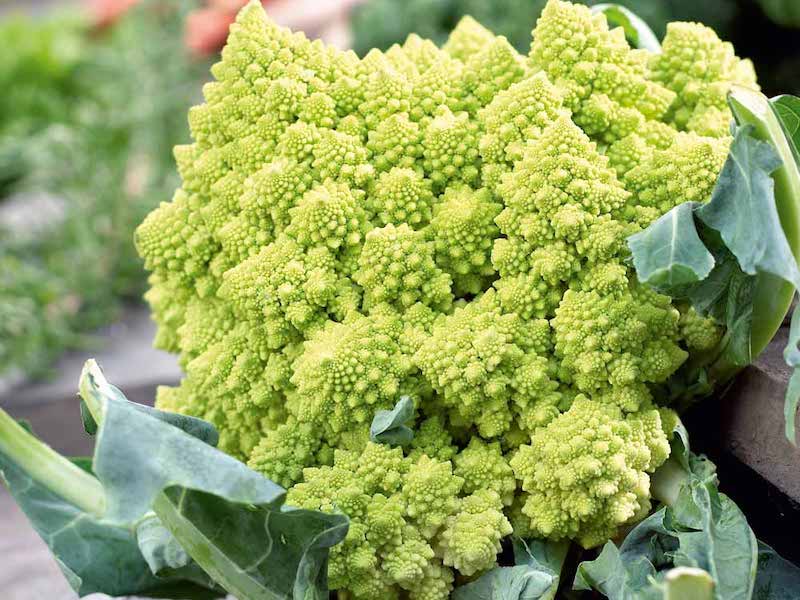
Image: Cauliflower Romanesco Continuity Collection from Suttons/©Visions BV, Netherlands
Plug plants are a great option for when “you haven’t had time to sow seeds, or you’re wanting to avoid the stress of mass sowing,” says Francesca from @diaryofayorkshiregardener. She writes that she tends to avoid fast-growing fruit and veg plugs, instead opting to save time by choosing slower-maturing leeks, cauliflowers, cabbage, kale and strawberries. She also favours growing plants like peppers and aubergines from plug plants because growing from seed takes such a long time.
Elaine from The 3 Growbags shares some great tips for getting the most from your newly arrived plug plants. While ordering vegetable plugs is “the cheapest way to buy actual plants instead of faffing around with seeds,” she says that they do “need a bit of TLC to get the best out of them”. Elaine immediately pots hers on into individual 7cm or 9cm pots before watering and leaving them “in a warm, bright place to recover from their exertions”. But, she warns, don’t put them outside too soon. “They’ve been growing in warm, humid indoor conditions – the sudden change in temperature would probably kill them.”
“…I’ve used plug plants…and I’m proud of it,” says Rhiannon from @devonandearth. Rather than being a guilty secret, this Instagram gardener says “plug plants save time, in a world where external demands on individuals and families are huge!” She recommends using plugs as a quick way to get veg growing strong ahead of winter, or to give you a head start on any growing season. Follow her for positive tips and epic cabbages!
Not sure which veg plants to order? “Grow the vegetables that you want to eat,” is the very wise advice from Alexandra of The Middlesized Garden in her really informative article: Growing veg – the 8 mistakes you can easily avoid. It sounds obvious, but she says not to try and grow too many different veg plants to begin with – take time to master one or two, as Alexandra did with the spinach she loves so much.
Best advice on where to grow vegetable plants
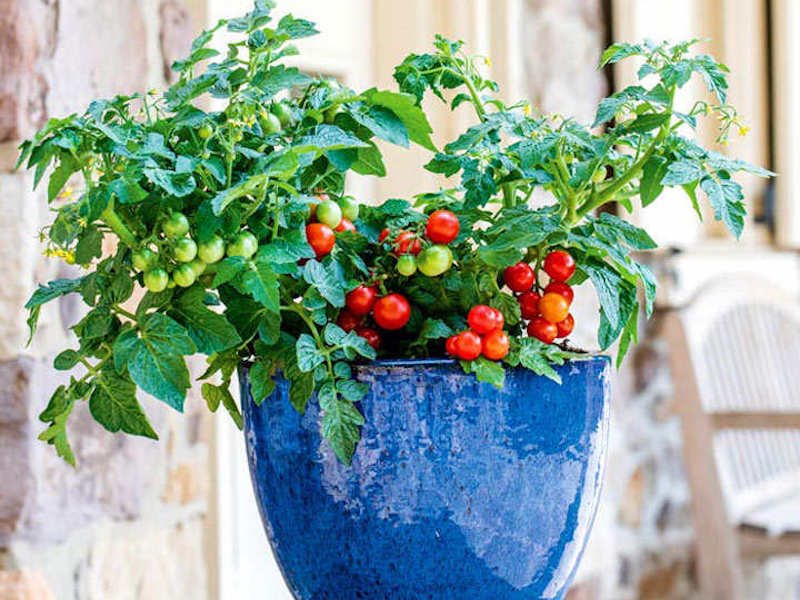
Image: Tomato plant ‘Veranda Red’ from Suttons
Amongst her no-nonsense beginners’ tips on growing vegetables, Carol, The Sunday Gardener, says containers are a good option for growing veg plants if you have limited space. You just need to be aware that they’ll dry out more quickly than an open bed and will need extra watering. Her recommendations for veg plants to grow in containers include lettuce, chillies, tomatoes, cucumber and beans.
Container-grown veg plants not only provide lovely, healthy produce for the table, but they’re also a fantastic way to grow an instant veg garden. Claire from @sowing_at_the_stoop says that her pak choi and curly kale were plug plants. “I always buy some at this time of year… a quick way to fill your beds, and there seems to be such a range now,” she adds. Take a look at her Insta account for more time and space-saving ideas.
Helen from @the_wildshed_allotment buys salad plug plants to get a head start and put her VegTrug planter to good use. Growing salads this way, she writes, is a great way to ensure a healthy crop of fresh leaves at her back door, rather than over at her allotment. Not only can she harvest exactly what she needs at a moment’s notice, it also helps her to keep an eye out for slugs!
Kerry from @lottie_thyme_ grows her salad leaves in clever trug trays that save space and look fantastic. Filled with ornamental colour and texture, she said that using plug plants provided “instant salad without all the fuss.” Take a peek at her post for inspiration!
If you need any more inspiration for growing veg plants in containers, then head over to @mrsbeesgarden in Cornwall. Debbie’s beautiful images show salad leaves, spring onions and pea shoot plants flourishing in a repurposed metal drawer next to tubs filled with carrots and potatoes. It’s incredible what can be achieved in a very small space.
A raised bed can be the ideal place for growing veg plants in a mixed garden. If you don’t already have one, you could follow Anna Greenland, who grows organic veg for Michelin star chefs, and her great idea to create a new raised “no dig” veg plot on a patch of lawn. She killed off the grass with rotted manure, leaving the soil ready to plant out kohlrabi, chard, squash and courgette plants.
Best advice on succession planting for vegetables
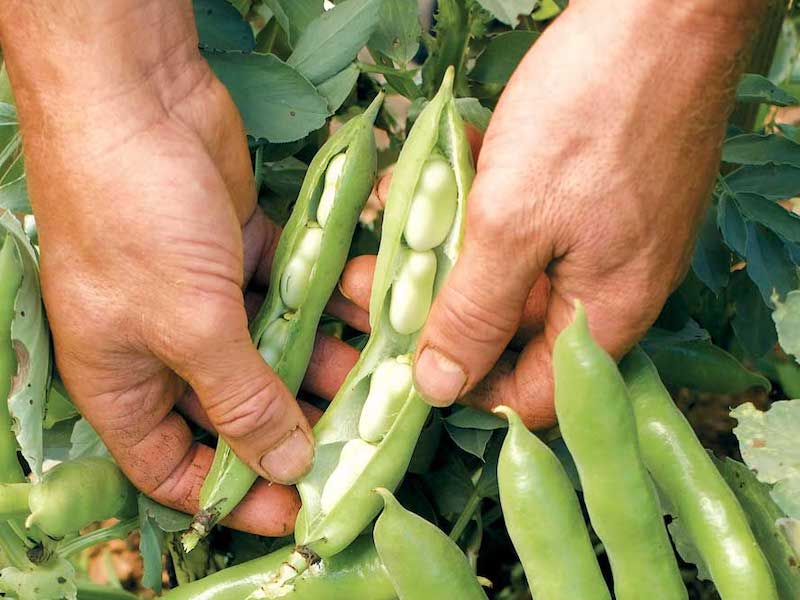
Image: Broad Bean ‘The Sutton’ from Suttons
No dig guru Charles Dowding documents a whole year’s succession planting in a single, experimental raised bed of only 1.2m by 2.1m. In his easy-to-digest, informative video, he demonstrates the productivity and versatility of growing a variety of vegetables and quickly filling in the gaps with new veg plants. As he says: “Spot a gap, pop in a plant, and have fun with that!”
Liz at Byther Farm shares lots of tips on making the garden more productive in her short video on succession veg planting. It’s fascinating to see how her plot is completely transformed in the middle of the summer season.
As soon as your early broad beans are finished, fill the space with Brussels Sprout plug plants, recommends the horticultural team at Suttons. Raised by professional gardeners in carefully controlled conditions, these brassica plugs will mature quickly and are less susceptible to pests and diseases as they’re already established. Read more tips about growing brassicas from plug plants over on the Suttons blog.
At the end of the summer, when many crops are coming to an end, Rob from @robsallotment keeps his raised bed productive by popping in a few Cauliflower ‘Sapporo’ plants to overwinter. Not only does succession planting winter-growing veg fill any gaps as they appear, he says it also “encourages you outside when it’s fine weather during the colder months.” His cauliflowers are earmarked for piccalilli next spring!
Best advice on companion planting for vegetables
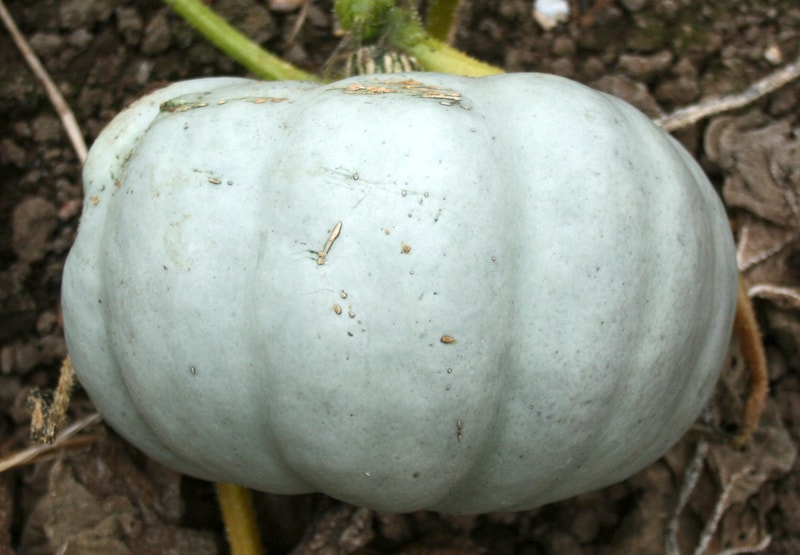
Image: Squash plants from Suttons
Writing for the Suttons blog, expert allotment grower Lee Senior also agrees that marigolds are one of the best companion plants you can choose for your vegetable patch. But if you’re looking for more pollinators, borage is the plant for you. He says that this bee magnet will thrive in sun or shade. Read his full article for more tips.
Plants are team players, explains Tony at Simplify Gardening, and “companion planting holds the wisdom of ages.” Not only do some plants help others by repelling pests or attracting pollinators, he says that some vegetables benefit one another by using the available space efficiently and providing just the right amount of shade to their companions. The Native American ‘three sisters’ technique of growing corn, beans and squash together is one example of this. Read Tony’s full article for more insight.
Planting and harvesting your own vegetables is something immensely satisfying that every gardener can enjoy, regardless of the size of your plot or your level of experience. Follow these great tips, and pop in some quality veg plants this season. You won’t regret it!
Lead image: Kale ‘Rainbow Candy Crush’ (New) from Suttons/©Visions BV, Netherlands
Last Updated on March 27, 2025 by Suttons Horticultural Team

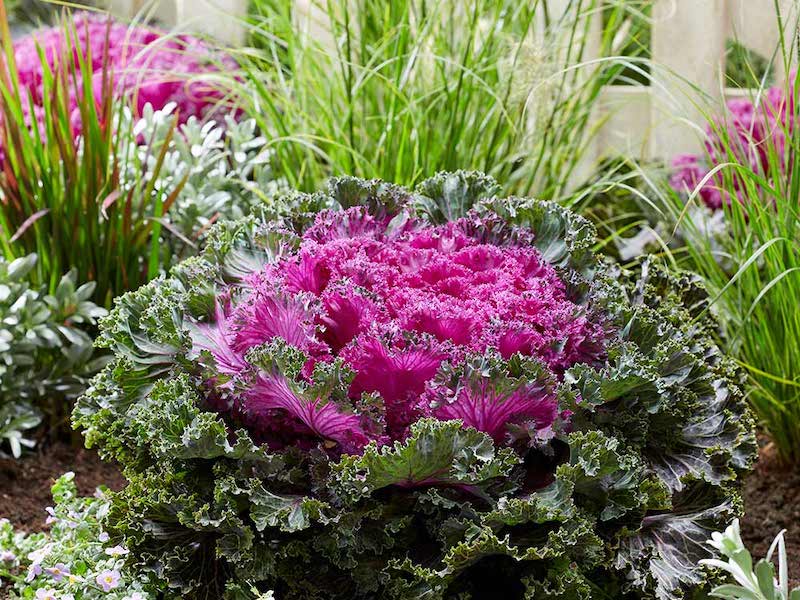

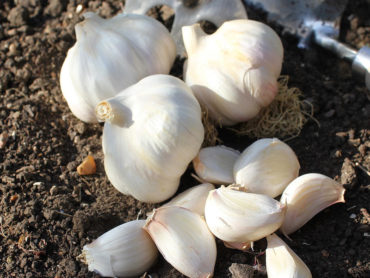

I’ve got 40 Leek plugs en route to me. Do they need potting on or can they be planted out after arrival?